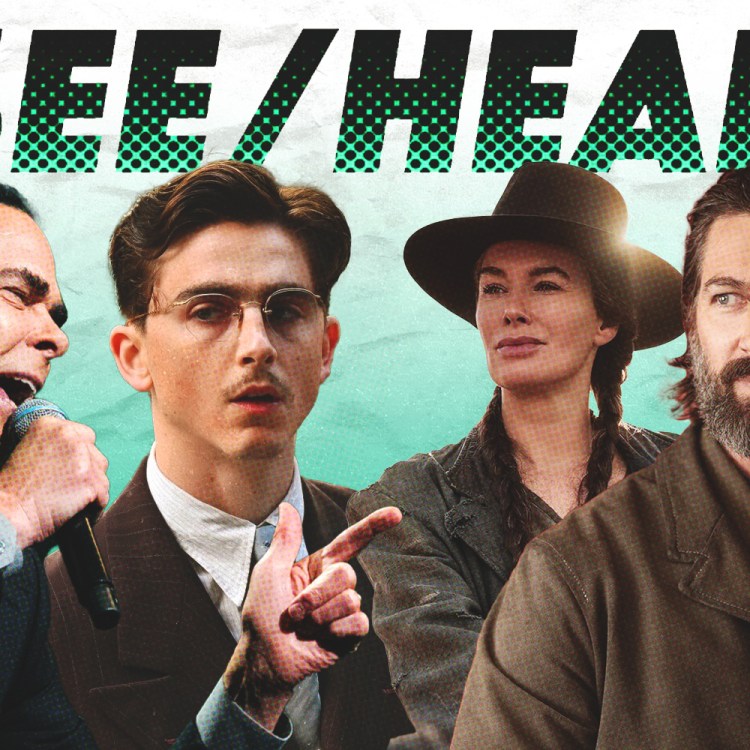What impact will AI have on the future of film? The technology was a significant factor in last year’s WGA and SAG strikes; more recently, the use of AI in films like Late Night With the Devil has sparked controversy. And now, an event dedicated to short films created using one of OpenAI’s technologies — no, not its virtual assistant — is getting a prominent place in one of the nation’s best-known film festivals.
This week, the Tribeca Festival announced that it would debut five short films created using Sora, which generates video using a text prompt. OpenAI has shared the technology with filmmakers before, and this latest announcement feels like an outgrowth of that.
The films, directed by Bonnie Discepolo, Ellie Foumbi, Nikyatu Jusu, Reza Sixo Safai and Michaela Ternasky-Holland, are set to debut on June 15.
What’s notable about this announcement is twofold. One point of interest is that the filmmakers involved are all Tribeca alumni, which gives this operation a heightened level of legitimacy. The festival’s announcement was also clear that the filmmakers were “required to adhere to the terms of the agreements negotiated with the DGA, WGA and SAG in 2023 with respect to the use of AI regardless of whether the films fell under the purview of such guilds.”
The short films debuting at this year’s festival are, well, debuting there, so it’s not clear as of yet what the filmmakers did with the technology — or how they’ll navigate various guild and union agreements related to AI.
That said, an earlier example of a filmmaker using Sora might be instructive as to what audiences can expect. Paul Trillo’s short film The Golden Record was made using Sora. Specifically, Trillo described drawing inspiration from the record included as part of the Voyager probe. “Using 11 different generations cut together from Sora, I was able to explore what the odyssey of this record might look like,” he wrote.
One Critically Acclaimed Film Has Inspired a Yearning for Better Public Restrooms
Call it the “Perfect Days” effectAnother short film made with Sora, air head, took what looks like a similar approach. What gives this film its appeal isn’t its central image of a balloon-headed man; instead, it’s the voice-over narration, which was — presumably — both written and read by human beings. And that raises another question: does AI still feel like an existential threat to art if its primary function is outputting a lot of images that still require a lot of work to turn into something compelling?
Clearly, OpenAI has bigger ambitions for Sora than quirky short films. But so far, this technology feels more like a niche curiosity than anything else. The Tribeca Festival stage could be the ground for a high-profile proof of concept — or a reminder of the technology’s limitations.
This article appeared in an InsideHook newsletter. Sign up for free to get more on travel, wellness, style, drinking, and culture.



















